Knowing proven strategies to prevent allergic reactions to food is becoming more important to the restaurant industry every day. Not only are allergies on the rise, but businesses can be held liable for food allergy negligence.1,2 Lawsuits over allergic reactions hinge on a guest making the case that a restaurant was negligent in handling their allergy concerns. While providing food allergy training for staff is a great way for operators to do their due diligence, there are some simple strategies that foodservice workers can implement today to help prevent allergic reactions.
Here's a quick rundown of what what this article will cover:
1. Inform everyone about a customer’s food allergy.
2. Learn what ingredients go into the items on the menu.
3. Designate an “allergen-safe” area of the kitchen.
4. Practice good hand hygiene.
5. Learn your labels.
Let’s dive into these strategies for preventing an allergic reaction a little further.
1. If a customer informs you they have a food allergy, tell everyone.
Well, maybe not everyone. However, if you’re serving someone with a food allergy, you should tell any front-of-house team members who may be helping you out along with the back-of-the-house staff who prepare the meal. Clearly communicating when a customer has a food allergy can protect the entire operation from the fallout of an allergic reaction.
2. Learn what ingredients go into your food – including the ingredients in pre-made food items.
Foodservice workers are masters of memorization. You spend a lot of time making sure you know what is on the current menu, what can be added on, and what can be subbed out. When it comes to preventing allergic reactions, however, we have to take that one step further. Do you know if the house ranch has egg yolk in it? Are there breadcrumbs adding crunch to a dish? Knowing the most common food allergens and where they show up on your menu can help you steer customers clear of risky choices and proactively help the back-of-house staff safely modify dishes.
Some foodservice spots have started going the extra mile to spell it out for customers by providing the ingredients in dishes directly on the menu or marking items with allergen symbols. Some examples include notations like “GF” (gluten-free) or “V” (vegan). Other examples include dairy-free, tree nut-free, and soy-free, but businesses can decide for themselves how specific they wish to be.
3. Designate an “allergen-safe” area of the kitchen.
The best way to ensure a meal is actually “allergen-safe” is to designate an area where the major food allergens are banned. It is critical that separate equipment is used to prepare foods for people with allergies, intolerances, and preferences because the proteins and oils in allergenic foods can adhere to utensils, cutting boards, and bowls.3 Every operation has a different space capacity and may not be able to carve out a dedicated area for preparing allergen-safe foods. If a separate prep area isn’t available, it is critical that allergy-safe foods are prepared first and then covered. You always should make sure any and all food contact surfaces are thoroughly wiped down, cleaned, and sanitized before beginning to prepare food for customers with allergies.
4. Practice good hand hygiene.
You wash your hands A LOT when you work in a kitchen. Before a shift starts, after touching your face, after handling raw ingredients, etc. Good personal hygiene is a critical part of food safety, and it becomes even more important when it comes to serving customers who have allergies, intolerances, or preferences. As a rule of thumb, you should wash your hands after handling foods that contain one of the nine most common allergens to prevent cross-contact. You should also wash your hands and put on fresh gloves before you handle food that will be served to someone with a food allergy.
5. Learn your labels.
Part of knowing what ingredients are on the menu means knowing how to properly read food labels. In the United States, Congress passed a law requiring that the major allergens be labeled on food packaging.4 Oftentimes they will read as “Contains Soy” or “Processed in a Facility That Also Processes Peanuts.” Food is often removed from its original packaging, so make sure you and your team have a system in place to label foods that contain allergens.
These five strategies are just a start when it comes to preventing allergic reactions to food. Proper food allergy training can go a long way in protecting customers and a business from the fallout of an allergic reaction.
Sources:
-
Ask Adam Skutner: Can a Restaurant Be Liable for Food Allergies?
-
FDA: Food Allergies
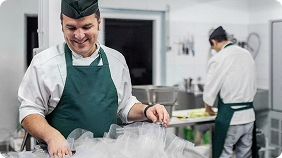

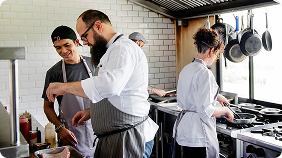
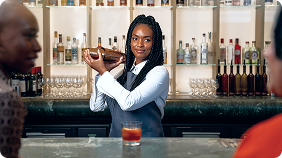

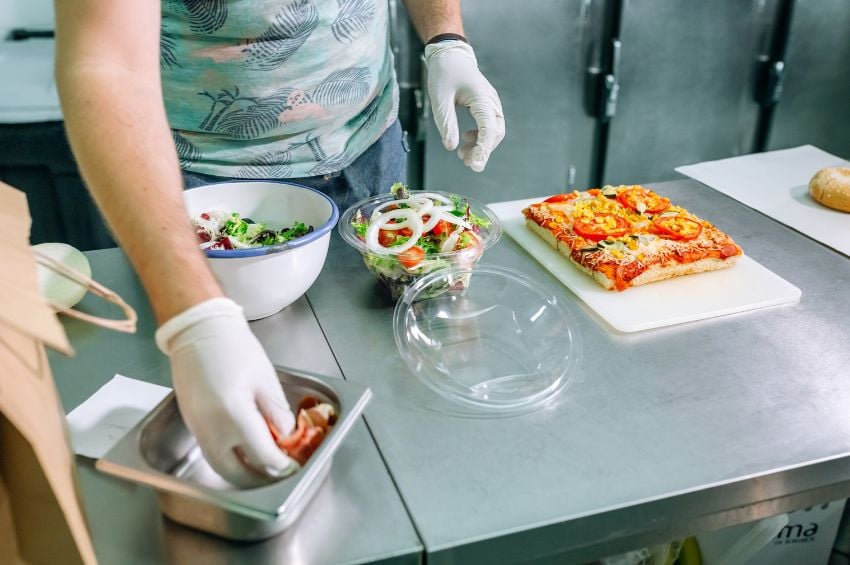
.png)
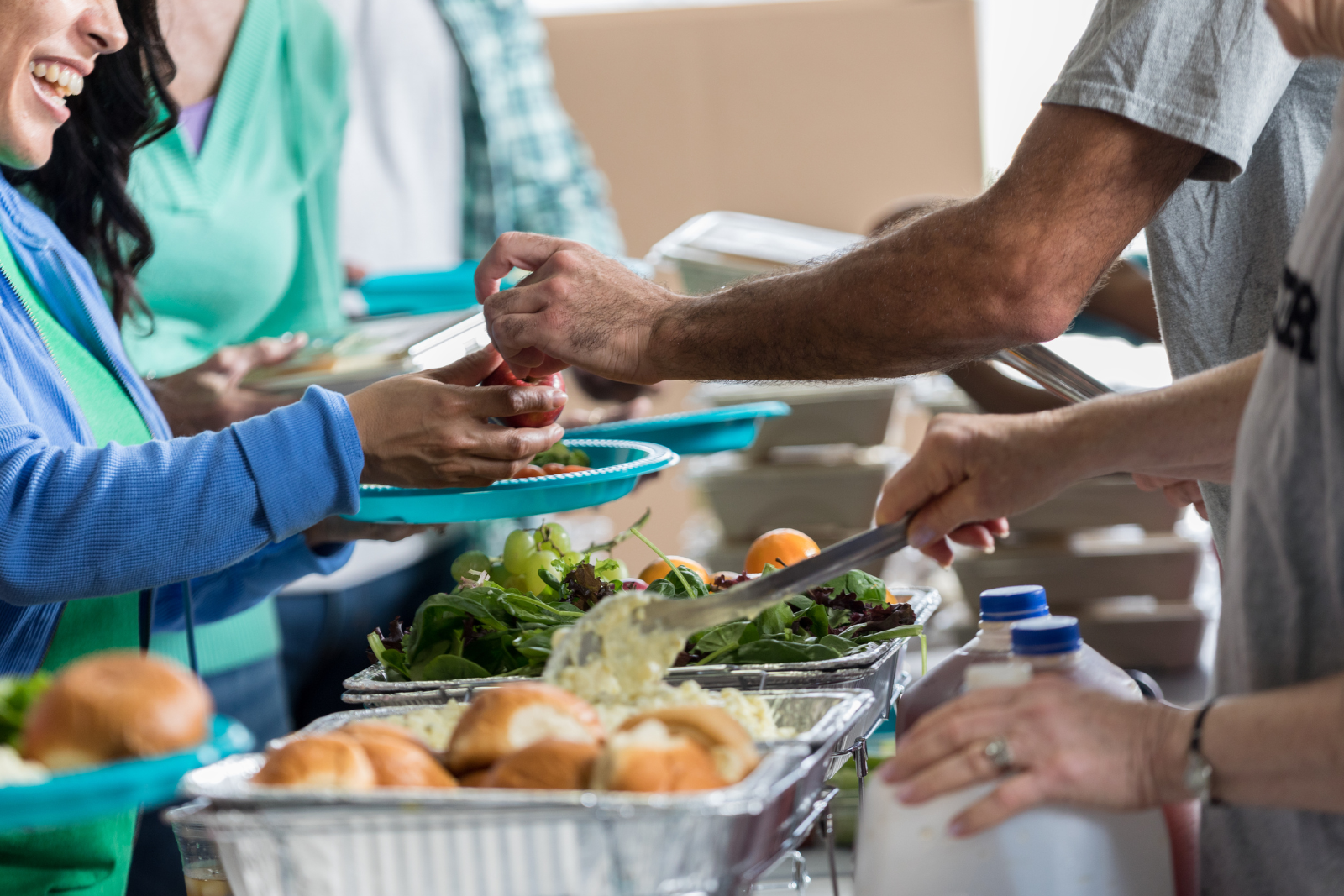
.png)
